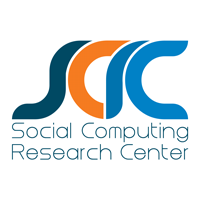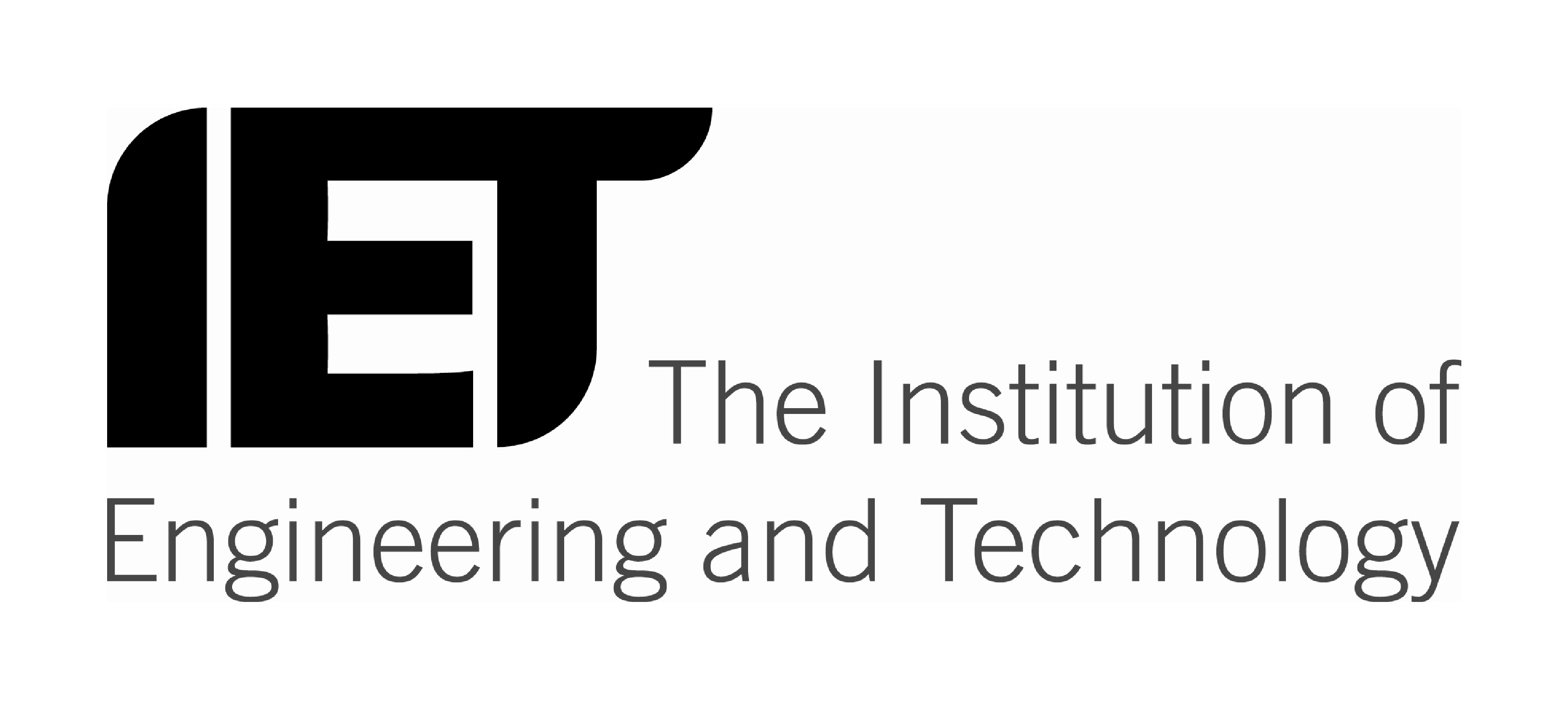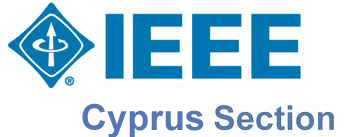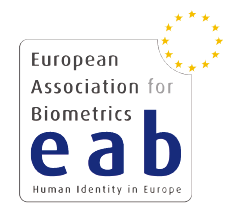Keynote Speakers
P. Jonathon Phillips
National Institute of Standards and Technology, US
Title
Fused Human Performance as a Benchmark for the General Face Recognition ProblemAbstract
Overall, humans are the most accurate face recognition systems. People recognize faces as part of social interactions, at a distance, in still and video imagery, and under a wide variety of poses, expressions, and illuminations. These conditions are challenging for computers.
Recent studies have shown that fusing human decisions substantial improves performance. Forensic facial examiners are experts trained to compare face images and testify in court on their results. A recent study has shown that examiners are more accurate than untrained humans. In addition, fusing decisions of examiners achieve almost perfect performance on a difficult set of face images. In this talk I will make the case that the grand challenge for algorithms is to outperform humans on the general face recognition problem. The benchmark for algorithm performance should be fused human performance. The key is establishing the correct human performance benchmark. I will propose that the imagery should consist of a basket of experiments. The basket will represent classes of images that are challenging in different ways.
About the Speaker
Dr. Jonathon Phillips is a leading technologist in the fields of computer vision, biometrics, and face recognition. He is at National Institute of Standards and Technology (NIST), where he runs challenge problems and evaluations to advance biometric technology. His previous efforts include the Iris Challenge Evaluations (ICE), the Face Recognition Vendor Test (FRVT), the Face Recognition Grand Challenge and FERET. From 2000-2004, Dr. Phillips was assigned to DARPA. For his work on the FRVT 2002 he was awarded the Dept. of Commerce Gold Medal. His work has been reported in the New York Times, the BBC, and the Economist. He has appeared on NPR’s Science Friday show. In an Essential Science Indicators analysis of face recognition publication over the past decade, Jonathon's work ranks at #2 by total citations and #1 by cites per paper. He won the inaugural Mark Everingham Prize. He is a fellow of the IEEE and IAPR.
Peter Claes
KU Leuven, Department of Electrical Engineering, ESAT/PSI, UZ Leuven, Medical Imaging Research Center, iMinds, Medical IT Department
http://www.kuleuven.be/wieiswie/en/person/00041773Title
Facial Biometrics from DNAAbstract
The human face is a biological billboard of our identity, displaying physical health, sex, environmental exposures, kinship, ancestry and genotype. Therefore, facial identity, established by visible variations in faces, plays an important role in forensic investigations and biometrics. Variation in faces observed around us is simply the result of underlying differences in genotype or DNA. Indeed various sources of evidence support the fact that facial appearance is under strong genetic control, such as identical twins, family resemblance, population similarities as well as differences and dysmorphology.
Therefore it should be theoretically possible to establish the link between both our facial appearance on the one hand and our DNA on the other hand and to match and/or predict one with and/or from the other. The genetic architecture of facial appearance is complex and not without challenge. In this seminar, I guide you through the science and the complexities of facial genetics and elaborate on a new computational framework that is able to match given faces to probe DNA. This facilitates the ability to perform facial biometrics from DNA, which is illustrated using the traditional identification and verification analyses known in biometrics. Furthermore, this also provides a novel computational approach to predict the face from DNA in a way that prediction results outperform the current state-of-the-art. Towards the future, this will generate innovative applications in forensics and biometrics, arming investigators with new and powerful tools to establish human identity from DNA.
Therefore it should be theoretically possible to establish the link between both our facial appearance on the one hand and our DNA on the other hand and to match and/or predict one with and/or from the other. The genetic architecture of facial appearance is complex and not without challenge. In this seminar, I guide you through the science and the complexities of facial genetics and elaborate on a new computational framework that is able to match given faces to probe DNA. This facilitates the ability to perform facial biometrics from DNA, which is illustrated using the traditional identification and verification analyses known in biometrics. Furthermore, this also provides a novel computational approach to predict the face from DNA in a way that prediction results outperform the current state-of-the-art. Towards the future, this will generate innovative applications in forensics and biometrics, arming investigators with new and powerful tools to establish human identity from DNA.
About the Speaker
Peter Claes has obtained a PhD in engineering in June 2007, within the field of medical image computing at the KU Leuven, Belgium. During his PhD he developed a computer based craniofacial reconstruction approach for victim identification purposes. After his PhD, he established his own research trajectory and vision, with fundamental interest in pattern recognition and predictive modeling within computational imaging and biology. He was a Post-Doc at the, Melbourne Dental School, University of Melbourne, Australia, until January 2011. During that time, he built an international and versatile network of collaborations that is still very useful and active today.
Currently, he's appointed as honorary fellow at the Murdoch Children’s Research Institute, Australia and as research expert at the KU Leuven, ESAT/PSI/MIC, Belgium. Within his research he has focused on computational biology more in particular on 3D morphometric analyses from image data, with a series of granted project proposals both as partner as well as chief or sole investigator. The basis of his line of research lies in computer vision and medical image analysis with gained and proven extensions in biostatistics, genetics, human biology and disease as well as cognitive psychology. The motivation behind his line of research lies in creative thinking and the ability to image and visualize previously unexposed biological phenomena that lead to predictions based on biological relationships. His applications of focus mainly involve craniofacial reconstruction and diagnosis, and facial as well as ear biometrics.
Currently, he's appointed as honorary fellow at the Murdoch Children’s Research Institute, Australia and as research expert at the KU Leuven, ESAT/PSI/MIC, Belgium. Within his research he has focused on computational biology more in particular on 3D morphometric analyses from image data, with a series of granted project proposals both as partner as well as chief or sole investigator. The basis of his line of research lies in computer vision and medical image analysis with gained and proven extensions in biostatistics, genetics, human biology and disease as well as cognitive psychology. The motivation behind his line of research lies in creative thinking and the ability to image and visualize previously unexposed biological phenomena that lead to predictions based on biological relationships. His applications of focus mainly involve craniofacial reconstruction and diagnosis, and facial as well as ear biometrics.
Emilio Mordini, MD
Responsible Technology SAS
Title
Ethical Issues in Current Forensic BiometricsAbstract
Past ethical and legal debates on forensic biometrics chiefly focused on conditions of admissibility of biometric evidence and qualifications of expert witnesses. Today, legal experts, jurists and scholars find increasingly problematic the probabilistic nature of biometric identification. Current debate on probabilistic biometrics in court is driven by two main facts. The first is a 1993 decision of the US Supreme Court, which introduced new standards for scientific evidence. Although this decision was directly relevant only to the US legal system, its philosophy is considered a benchmark and has deeply influenced many other legal systems, including those belonging to the civil law area. The second driver is a technological driver. New digital biometrics and the introduction of a vast array of new biometric applications (exploiting modalities whose existence were not even imaginable in the pre-digital era) are posing a problem about the admissibility of probabilistic identification into a court. This is particularly evident in the case of biometrics extracted from outside the forensic context, and brought into the legal circuit only at a later stage. Online recorded faces, images, and voices are the largest (accidental) biometric library ever created (it is enough to think of the number of freely available pictures of Facebook users), which is more and more exploited for law enforcement purposes. Yet probabilistic identification, notably identification based on online biometrics, is hardly consistent with the main ethical principle that rules the western legal system, that is to say, the principle of presumption of innocence. In my presentation I will argue that if a biometric system is tuned in order to meet law enforcement requirements, its results could not be transferred, as they stand, into the judicial system, which has different, even opposite, user requirements.
About the Speaker
Emilio Mordini is an MD and an MA Phil. He has been trained as a psychoanalyst and has practiced for more than 30 years. He is a leading expert on psycho-societal impact of future and emerging technologies in the public health, security, and surveillance fields. His research activity focuses on mindsets, paradigms, the collective imaginary, and the social unconscious; how they influence rational choices, shape action, determine collective and personal futures. He was partner of the Psychoanalytic Institute for Social Research (1986-01), Adjunct Professor of bioethics at the University “La Sapienza” of Rome (1994-06), scientific secretary of the Bioethical Commission of the National Research Council (2000-03). In 2002 Emilio founded the Centre for Science, Society and Citizenship (CSSC), an independent, non-partisan, research centre, devoted to the human impact of future and emerging technologies.
Emilio led CSSC till to 2014, when he moves to France to chair Responsible Technology, a consultancy devoted to responsible research and innovation, corporate social responsibility, and anticipatory governance. Emilio has been awarded with a number of research grants by the European Commission, within the scope of the 4th, 5th, 6th, 7th RTD FPs, and H2020, and by the NATO Science for Peace and Security Programme. He has coordinated research teams and collaborative projects both at international and national levels. Emilio seats in the boards of the COST Actions, IC1106 (Integrating Biometrics and Forensics for the Digital Age), and, IC1206 (De-identification for privacy protection in multimedia content). He chairs the Ethical Committee of the European Association of Biometrics, and serves in various scientific and editorial committees. He has extensively published in academic publications, and edited several books.
Emilio led CSSC till to 2014, when he moves to France to chair Responsible Technology, a consultancy devoted to responsible research and innovation, corporate social responsibility, and anticipatory governance. Emilio has been awarded with a number of research grants by the European Commission, within the scope of the 4th, 5th, 6th, 7th RTD FPs, and H2020, and by the NATO Science for Peace and Security Programme. He has coordinated research teams and collaborative projects both at international and national levels. Emilio seats in the boards of the COST Actions, IC1106 (Integrating Biometrics and Forensics for the Digital Age), and, IC1206 (De-identification for privacy protection in multimedia content). He chairs the Ethical Committee of the European Association of Biometrics, and serves in various scientific and editorial committees. He has extensively published in academic publications, and edited several books.
Organizers:




IWBF 2016
Location
Limassol, CyprusDates
03 - 04 March, 2016Venue
Crowne Plaza Hotel - 4*Contact
For academic matters please contact:
Nicolas Tsapatsoulis
Cyprus University of Technology
P: +357 25 002 614
F: +357 25 002 664
Andreas Lanitis
Cyprus University of Technology
P: +357 25 002 569
F: +357 25 002 698
Co-ordinators
Questions including Accommodation and Travel Arrangements
P: +357 22 591 900
F: +357 22 591 700










